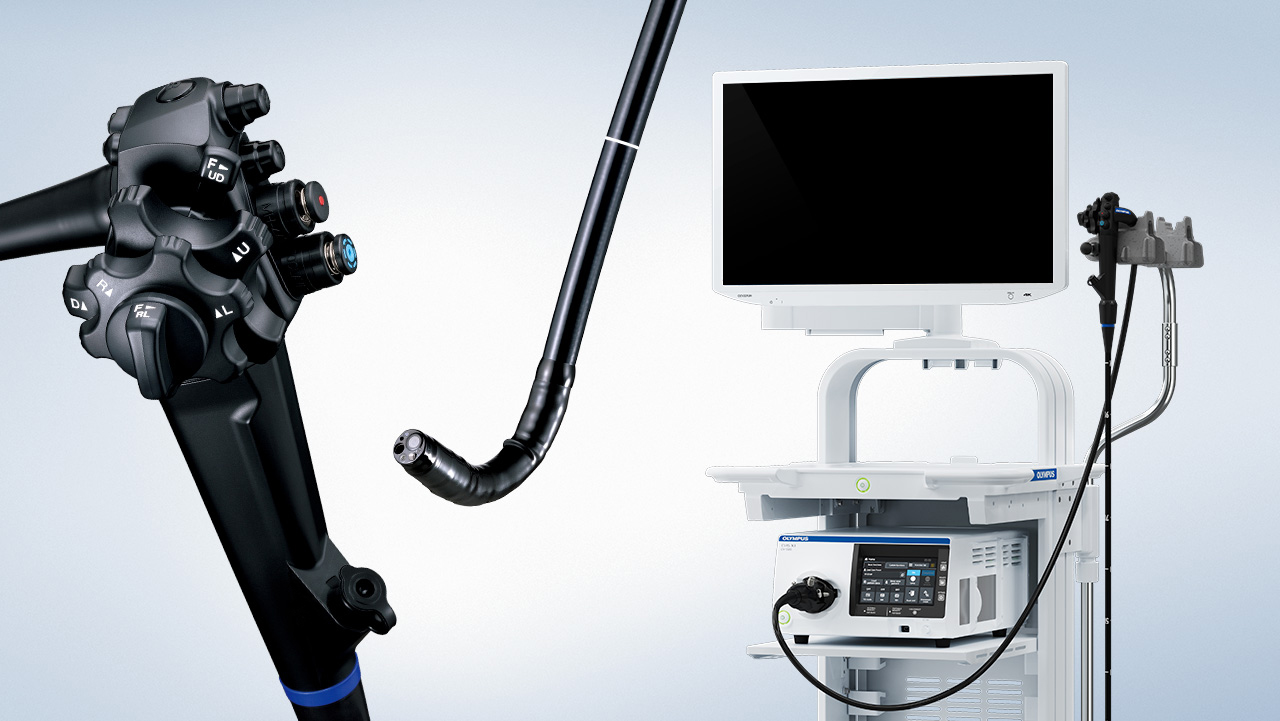.jpg)
• Dysphagia, aphthoid lesions in the mouth, epigastric pain, weight loss, nausea, and vomiting or blood loss
• Endoscopic findings of skipped lesions such as aphthous ulcers, nodularity, thickening of mucosal folds, rigidity or narrowing of the antral portion of the stomach or proximal duodenum
• Management: biopsies 2 sample at lesions
• Δ +: a histological evaluation is confirmation of chronic inflammation and a finding of noncaseating granulomas
Crohn’s disease
Current data suggests that involvement of the upper GI tract in pediatric patients with Crohn’s disease occurs more often than previously thought. The rate of positive findings of noncase- ating granuloma in the stomach or duodenum in unselected patients with Crohn’s disease is higher than in selected patients with presumptive symptoms of upper GI tract involvement: dysphagia, aphthoid lesions in the mouth, epigastric pain, weight loss, nausea, and vomiting or blood loss. In addition, 11.4–29% of patients with onset of Crohn’s disease may have isolated inflammation of the stomach and duodenum. Thus, routine use of EGD in patients with suspected Crohn’s disease is indicated.
Endoscopic findings of skipped lesions such as aphthous ulcers, nodularity, thickening of mucosal folds, rigidity or narrowing of the antral portion of the stomach or proximal duodenum are suggestive for Crohn’s disease. Serpiginous or longitudinal ulcers are rarely seen in children but, if found, may be helpful to distinguish it from peptic disease.
The goal of a histological evaluation of the stomach and the duodenum in children with suspected Crohn’s disease is confirmation of chronic inflammation and a finding of noncaseating granulomas, which occur in 30–40% of cases. There is no significant difference in the detection of granulomas in biopsies taken from endoscopically normal or abnormal areas of gastric or duodenal mucosa. Because of this multiple samples of endoscopically normal or altered mucosa have to be obtained to increase the diagnostic value of the procedure.
However, the absence of noncaseating granulomas does not rule out Crohn’s disease. The presence of focal inflammation with “crypt abscesses”, focal lymphoid aggregates and fibrosis may support the diagnosis of Crohn’s disease in children with suggestive history. Discovery of inflammation in the upper GI tract of children with confirmed Crohn’s disease in the small or large intestine may justify adjustment of or changes in existing therapy.
Related posts
- Forrest classification for ugib - 03-05-2021
- Dieulafoy’s lesion - 29-04-2021
- Henoch-schonlein purpura - 04-05-2021
- Pertrophic pyloric stenosis (hps) - 03-05-2021
- Lymphangiectasia (lae) - 03-05-2021
- Celiac sprue - 04-05-2021
- Lymphoproliferative - 03-05-2021
- Gastric Tumors - 03-05-2021
- Gastric foreign bodies - 03-05-2021
- Gastric polyp - 04-05-2021
-

Self-design suction tool
20-05-2021 -

Removing phytobenzoar in Pig's stomach
20-05-2021 -

Remove twisting of the pig colon
04-05-2021 -

Pig stomach endoscopy
04-05-2021
-

Management of Ingested Foreign Bodies in Children: A Clinical Report of the NASPGHAN Endoscopy Committee
28-04-2021 -

Management of Familial Adenomatous Polyposis in Children and Adolescents: Position Paper From the ESPGHAN Polyposis Working Group
28-04-2021 -

Pediatric Colonoscopic Polypectomy Technique
28-04-2021 -

Gastrostomy Placement in Children: Percutaneous Endoscopic Gastrostomy or Laparoscopic Gastrostomy?
28-04-2021







